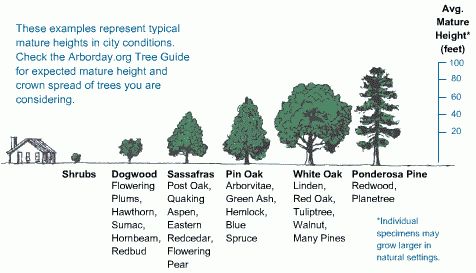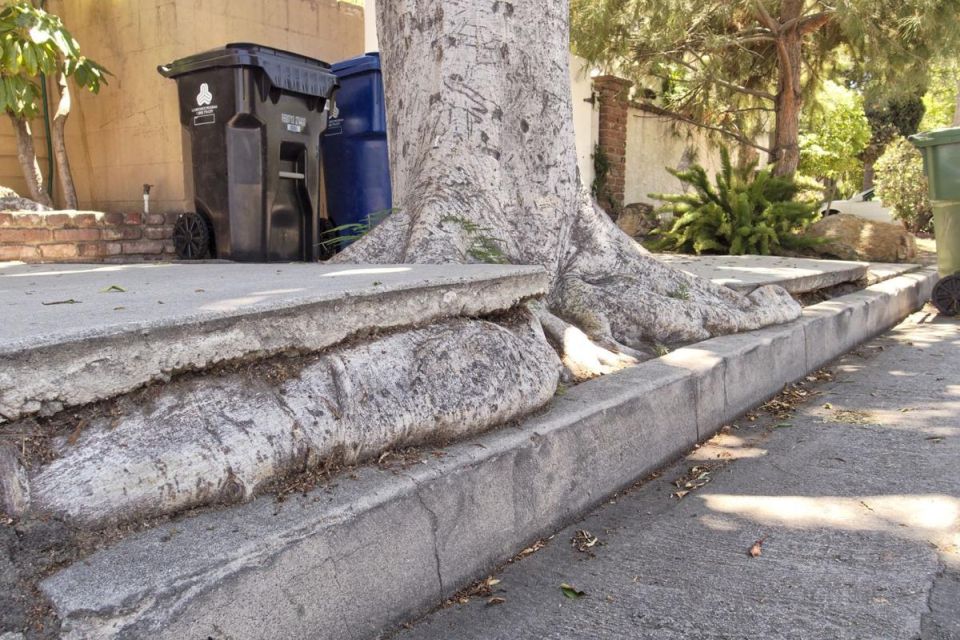Inspection and Assessment
It is best to schedule an appointment with a responsible tree service company to walk the property for an inspection of the trees’ health, decay, damage, stability, location and other potential risks.
Once risks are identified, if caught early enough, they can sometimes be reduced or eliminated by removing unsafe limbs or even pruning to reduce weight.
Some tree risk damage includes:
- Physical injury to the trunk from mechanical equipment such as mowers and trimmers
- Soil compaction in the root zone from driving or constant walking over the roots
- Severing roots because they are growing over the walkways or driveways
- Smothering roots from addition soil or too much mulch
- Increased wind and sunlight exposure due to removal of other surrounding trees
- Too many overgrown trees and trees growing too close to each other
- Stress due to grade and drainage changes
- Over or under watering or watering the tree and not the root system
- Under or over fertilization
- Be proactive about pruning and trimming trees on your property.
Overgrown trees can pose a serious risk to buildings and people in case these trees or branches may drop due to the tree dying or storms in the area. It is important to mitigate any risk that current trees pose to a property.
- Consult with a professional tree service.
Choose a tree service that specializes in pruning and trimming trees in Atlanta. It is also important to maintain your landscape’s overall appearance as well as safety for everyone who visits and enhances the value of commercial properties. Using a qualified tree professional company takes the worry out of this trimming task. Maintaining trees can reduce the costs of property maintenance and repairs over time while enhancing the property’s visual appeal.
- Prevention of slipping hazards.
They can cause a slipping hazard because the sunlight may not be able to reach areas to evaporate water and burn off algae and moss. And in the winter can prevent the sun from warming paths, allowing ice and snow to build up on walkways causing them to become slippery and dangerous for you and your tenants.
- Reducing wear-n-tear on HVAC Systems.
Properly pruned trees can help shade the home and reduce high energy consumption. Proper pruning around the HVAC units allows for proper air flow around the units. Over-usage of the HVAC system on your property can add additional wear and tear to the system. Any reduction of service calls for your air conditioning systems, is both a financial savings and potential extension of the life of the units.
Trimming trees away from roofs, windows and doorways can prevent the risks of pests especially rodents on the roof and reduce their ability to access your buildings. This can help to reduce the costs to eliminate them.
- Planning and Planting
Too often over-story trees that are planted next to the buildings, satellite dishes or power lines; and overtake the area or they provide so much shade or canopy coverage, that moss or algae grows on the walls. Therefore, planning for the correct trees before planting new trees is important. Having a tree in the wrong place will end up costing you more in the end. Ask for recommendations of the proper types of trees for the area in question.

- Is the Landlord or Tennant responsible for fallen trees and maintenance Rental property leases usually do not outline who is responsible for tree trimming and maintenance of a rental property. Because of this, it generally falls under the responsibility of the landlord.
In most cases, you do not want the tenant responsible for the tree trimming or removal as you would not want them cutting branches and trees down at their discretion. Property managers and landlords must take an ownership view of all the property needs.
